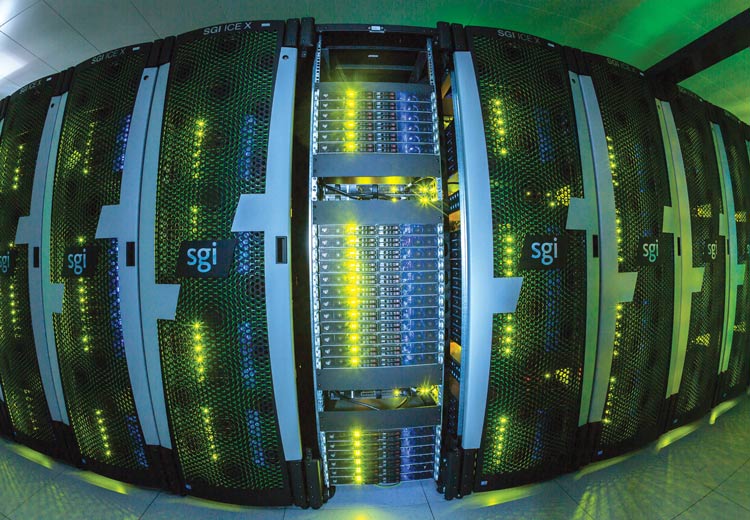Supercomputers take centre stage in new research frontier

Sponsored by

Sponsored by

From drug design to finding the safest seats for trains, the IT4Innovations National Supercomputing Center is using high-performance computing to break new ground in scientific research
With the ability to create simulations in days – or even minutes – high-performance computing (HPC) has the power to accelerate experiments that would usually take months. The IT4Innovations National Supercomputing Center, part of VSB – Technical University of Ostrava (VSB-TUO), operates the most powerful supercomputing systems in the Czech Republic. Founded in 2011, the centre got its first supercomputer, Anselm, in 2013. It now operates three supercomputers and a special system for artificial intelligence computation.
Professor Tomáš Kozubek, the centre’s scientific director, says a key advantage of supercomputers is how quickly they can provide insights in complex fields of study. “Laboratory experiments are often very expensive and they take a really long time,” he says. “If you want to accelerate everything, and want it to be as cheap as possible, it’s much easier to use supercomputers and software which is able to simulate these laboratory experiments. This approach can be applied in most scientific fields.”
The centre, which employs more than 200 people, focuses on research areas including big data processing and analysis, numerical simulations and artificial intelligence. As a national computing centre, it makes collaboration an important part of its mission. “We offer our supercomputing services and supercomputing resources to scientists from the whole Czech Republic. From universities and research centres, but also from industry,” says Professor Kozubek.
As part of its open-access ethos, the centre runs a grant competition three times a year for research institutions and educational organisations. Researchers from the Czech Academy of Sciences, VSB-TUO and the Central European Institute of Technology made up more than 60 per cent of entries to the grant competitions in 2019. About 62 per cent of the projects focused on material sciences, followed by biosciences (19 per cent) and earth sciences (4 per cent).
The centre works with industry partners from a diverse range of sectors, from Siemens and Skoda to T-Mobile and the European Space Agency. Such partnerships have seen the centre registered as a Digital Innovation Hub by the European Commission. Partner research projects include using supercomputers for the acceleration of machine learning algorithms in drug discovery, water pump efficiency optimisation and designing nuclear fuel materials for generation IV nuclear reactors. A project with BORCAD, a company that develops seats for passenger trains, used a supercomputer to run crash-test simulations on virtual prototypes of new seat designs.
In-house research activities are executed across five laboratories and use “digital twin” technology. With powerful computing, researchers can create a digital twin of an existing item, whether it’s a complex electric motor or the human brain. Professor Kozubek says the demand for the centre’s computational resources is “increasing rapidly”, creating a need to upgrade existing machines and buy more powerful supercomputers.
The centre is part of several Europe-wide organisations, including the Partnership for Advanced Computing in Europe. It is also involved in the European High Performance Computing Joint Undertaking, an initiative to develop a world-class supercomputing ecosystem. A powerful new supercomputer will be in operation in the IT4Innovations centre from early 2021.
Professor Kozubek says supercomputers will play an increasingly important role in research: “It’s a part of digitalisation. If you want to digitalise industry, you need HPC.”
To find out more, visit: it4i.cz/en